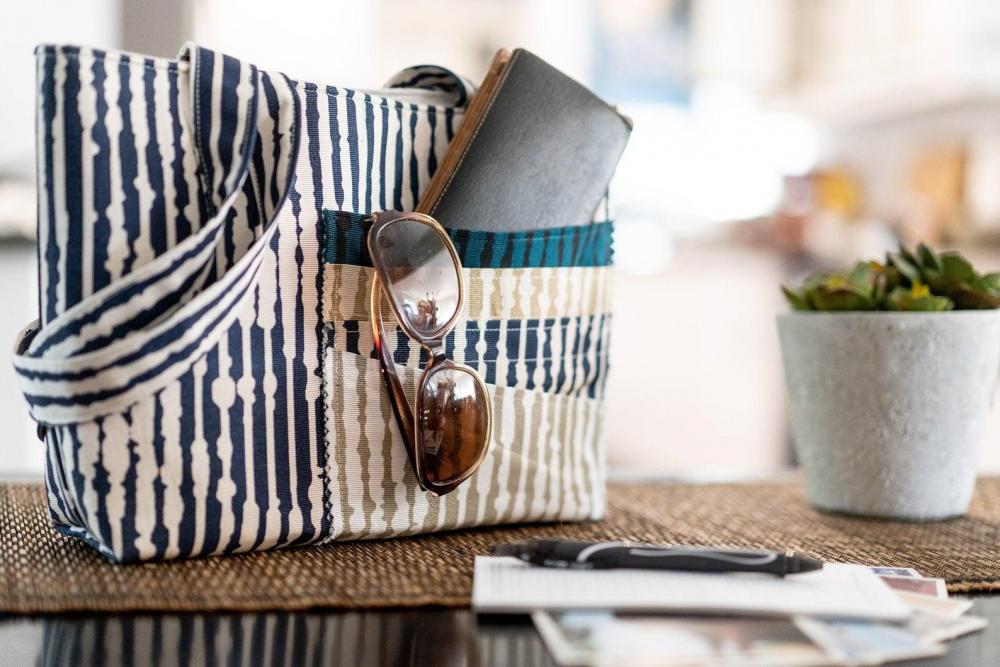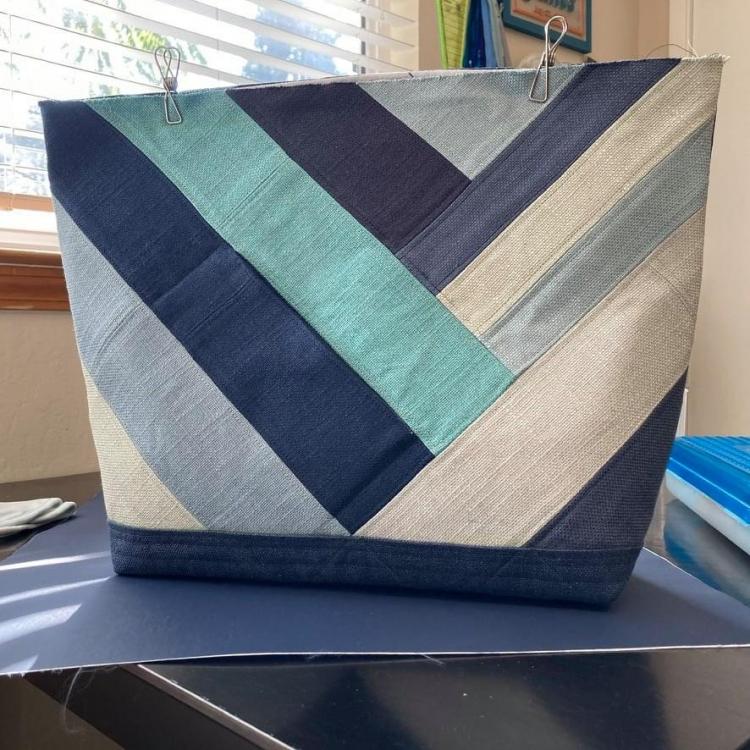
homesewnrose
-
Content Count
6 -
Joined
-
Last visited
Posts posted by homesewnrose
-
-
1 hour ago, Wizcrafts said:I second this. I also have a Techsew, a 2700, that came with a table attachment. And, my Cowboy CB4500 came with a table attachment. I have flatbed machines that are better suited to sewing flat items and never use the table attachments. But, I am in the sewing business where time is money and customers often watch and wait while I sew their stuff. If one has plenty of time and is not in a hurry, and doesn't have customers watching and waiting, a table attachment would be a convenience as opposed to buying two machines.
Yes, my thought is to try out the cylinder machine with the table attachment. I am a stay at home mom with three boys and I don't get a lot of sewing time unless they are in school. I figure this would work well for now until I can afford, space and monetary wise, another machine. My Janome HD 3000 is actually a great machine that works well for my lighter weight items that I would need done on a flatbed. Space is actually my biggest limitation right now.
-
15 hours ago, MtlBiker said:@homesewnrose - Funny, those are the exact same two machines I started with. I liked the Brother 6000i, but it just wasn’t strong enough for what I wanted to do. I replaced it with an HD3000 which I still have and use. But I only use it for very light sewing, such as masks, etc. and light repairs. It’s a surprisingly good machine. As I got more involved with sewing, using more webbing, heavy canvas, Cordura, etc. and many layers, I found I needed something a lot more powerful. Not knowing much about industrial machines, by luck I came across a dealer demo Consew 206RB-5 at a good price and now after more than a year using it, I LOVE IT! That’s a flatbed machine. I’m sewing primarily with v92 threads and use 135x17 needles for most fabric (usually size 20) and 135x16 for leather. (I’m just getting into leather but don’t have much experience yet.)
About 6 months ago I added a cylinder bed machine, a Techsew 2750 Pro. And that’s really a nice machine also. But as KGG said earlier in this thread, it’s pretty hard (impossible?) to find one machine that does everything. I use the Consew for the vast majority of my sewing but the cylinder bed machine is great for sewing the openings of bags (which I’m making mostly these days).
Now, after the few months of experience I have, if I had to choose only one machine, it would be the Consew 206RB-5 (or equivalent). That’s the one machine I really couldn’t do without.
Best of luck with your search!
Too funny.
Do you have the flat bed table attachment for your cylinder arm machine? I just see the versatility of it being so helpful!
-
On 6/20/2021 at 6:28 PM, ButtonLady said:I third this suggestion. When I was ready for an industrial, I made an appointment with a dealer and showed with a bag stuffed with typical fabric. If a dealer isn't comfortable with you test driving some machines... find another dealer.
I would love to visit a dealer and look at all the options. Sadly I am quite a distance from most and the one closest to me has very poor reviews. I am currently on a road trip and might have an option to look at a Ludwig cylinder arm machine tomorrow. I think that will give me a better idea of whether or not a cylinder arm will benefit me or not.
-
4 hours ago, Kwaaked said:I have a Consew 7360RH-R SS in my shop and it's meant for lightweight to heavy weight. While I don't make jeans on it (18 oz and above), I can hem jeans just fine with it. It takes the standard 16x287 system, and I use upholstery fabrics to make tote shopping bags on it with no problems.
(C&P) Heavyweight fabrics such as jeans can be sewn by changing the needle plate, feed dog, foot, stitch regulator, hook and needle bar. I have founds parts are pretty affordable for the machine (I have no had to replace anything, but I did look into this modification before I got my Singe #3).
You might be better off talking to an industrial machine store and talking to them for recommendations in your budget.
Thanks for your reply.
That looks like a great machine! And it looks like it has a lot of room to move bigger bags around. My worry is topstitching the smaller bag openings and being able to work them around the arm of the machine, that one looks a little large.
However, the needle range looks great!
-
I've been making custom bags, purses and totes out of heavy cloth fabrics for the last several years and have been struggling with my two home sewing machines (Brother CS6000i and Janome HD3000). I want to upgrade to an industrial sewing machine but am a bit overwhelmed by the range of choices available. I'm looking for advice on what type or types of machines and needle systems would be best suited for working with somewhat bulky, home decor and upholstery fabrics.
Where my current machines struggle is when I sew bag straps over 7/16" thickness, gussets, and top-stitching smaller bag openings. I use a wide variety of fabrics. Most of my work today on my home sewing machines is done with #14-16 needles. I'm frequently breaking needles, and I suspect this is because the machines just aren't big enough to wrestle all the fabric through, things drag and the needle snaps. For some projects I probably need to go to a bigger needle, but #16 is the largest my machines supports.
I think a cylinder arm sewing machine may be helpful but I have no experience with one and most of the advice I've found online about cylinder arm machines is related to leather. Plus many of the cylinder arm machines I've come across use needle systems designed for leather and not upholstery fabric.
Some sewing machines I've come across that look like they may work for me are:
- Atlas AT335 (DPx17, 135x17 needle)
- Cobra Class 26 (DPx17, 135x17 needle)
Any feedback or advice would be appreciated!
Below are some examples of the types of projects my machines struggle with:



What type of sewing machine is appropriate for making heavy fabric bags?
in Leather Sewing Machines
Posted · Report reply
Ok, this is good to know. The cobra 26 series is a compound feed machine. I will have to do more research in this area. I most likely will only be sewing thin material on here when it is layered with thicker fabric. My outer fabrics won't be an issue, but my liners are sometimes much thinner. Do you think it will be an issue when layered, or just when sewing thinner fabrics by themselves?
Thanks for ALL your help!